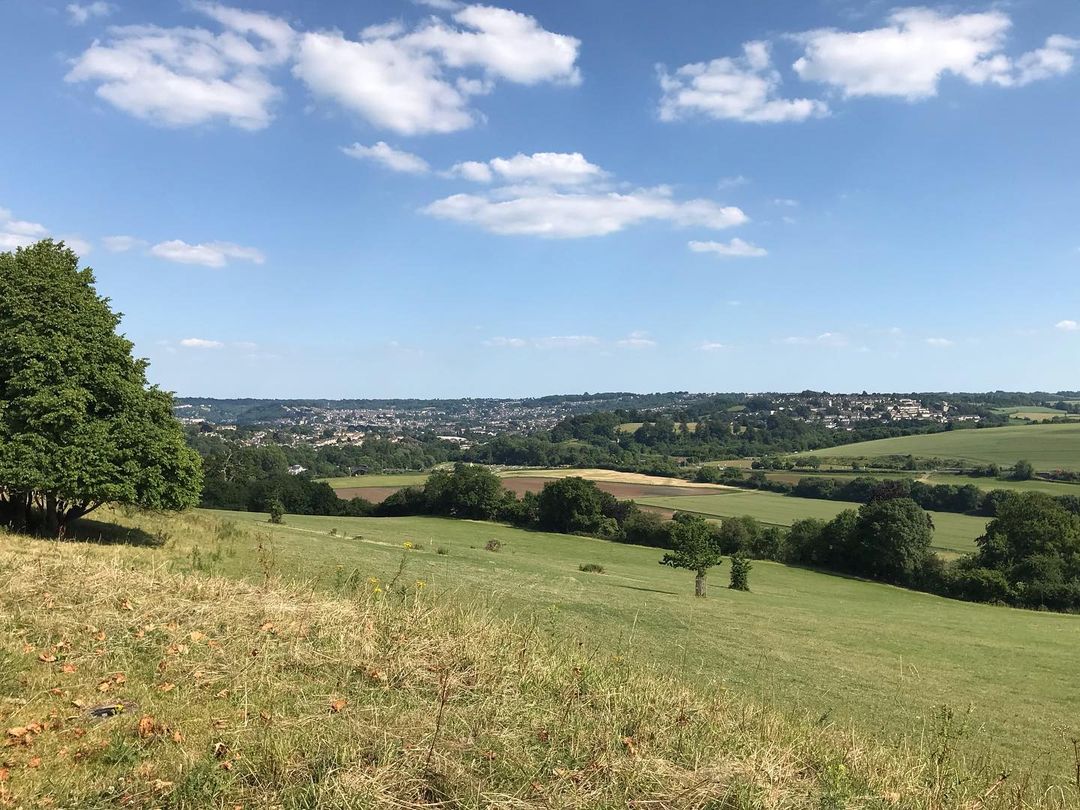Bath Preservation Trust (BPT) is warning that despite strong public commitments to address the Climate Emergency and mitigate carbon emissions, the Green Belt of Bath is at risk of being slowly eroded.
At the recent Local Plan Partial Update examination, Bath and North East Somerset Council attempted to push forward the removal of land from the Green Belt, citing ‘exceptional circumstances’. The University of Bath has also expressed a similar intent.
These exceptional circumstances are to enable both organisations to build new buildings or install infrastructure – hardly the actions of environmentally responsible public bodies.
Bath Preservation Trust urges the Council and the University to think again, as an act so at odds to their public, ‘green’ agenda diminishes the intent and authenticity of their commitment. It also gives a message to others that the Green Belt does not matter.
The truth of why this is happening is concerning. It is easier and cheaper to remove land from the Green Belt for ‘exceptional circumstances’ than it is to obtain planning permission. It is possible to obtain planning permission within a Green Belt, but conditions require development sizes to be limited and mitigated to protect views, with more landscaping provided. If land is removed from the Green Belt, it opens the potential for any development to be bigger and more imposing. In the long-term it puts a significant premium on the land as a site for future housing development within a green setting, but with less rigorous planning restrictions.
Land recently requested for removal may only be a small proportion of the Green Belt, but if allowed it would set a precedent, which BPT believes would embolden the further release of undeveloped sites under ‘exceptional circumstances’. The recent Local Plan Partial Update saw requests received from B&NES Council. In 2023-2024 a new Local Plan will be created, in which it is expected more submissions for the removal of Green Belt land will feature.
Famed for many things, Bath is renowned as a World Heritage City set within a luxuriant green landscape of deciduous woodland, grassland and meadows, which is our important Green Belt. It is a natural haven for wildlife, for people, and is an important environmental balance which compensates for the pollution arising from the urban centre. Green Belts were established more than 50 years ago to limit urban sprawl and demarcate conurbations from rural areas. In the face of the global Climate Emergency, they play an even more important role today, absorbing carbon emissions and cleansing air.
CEO of Bath Preservation Trust, Alex Sherman, said “The Green Belt of Bath is intrinsic to the city as a World Heritage Site, which lists the green setting as part of its Outstanding Universal Value. It should be untouchable for large development and protected for future generations. Adult trees within the Green Belt absorb huge volumes of atmospheric carbon, so are essential in the fight against climate change, with each adult tree absorbing up to 25 kilos of carbon. We believe more trees are needed and the Green Belt should be extended, not eroded. As well as the environmental benefits, our green spaces are important for physical and mental wellbeing and wildlife and must be protected.”


